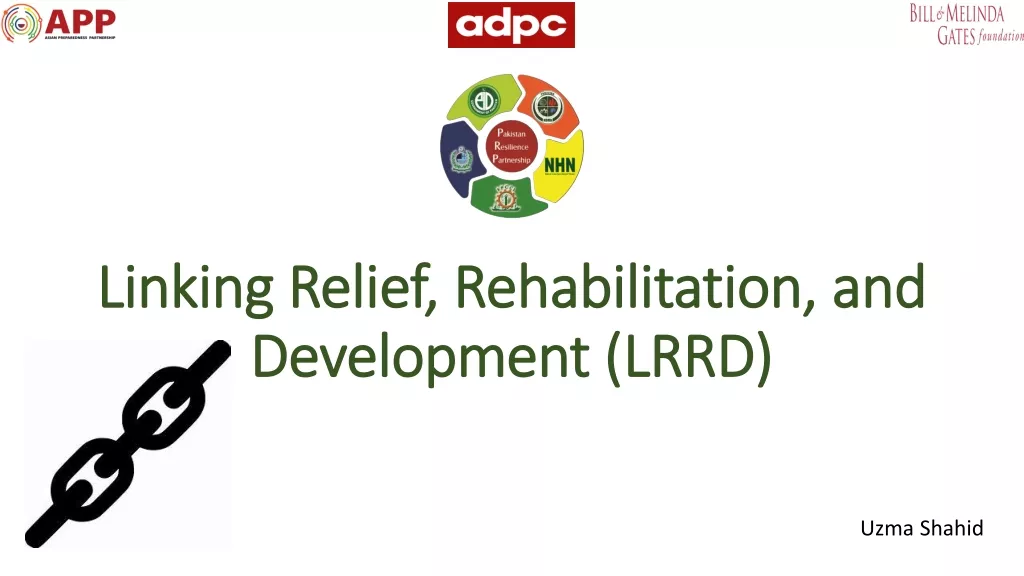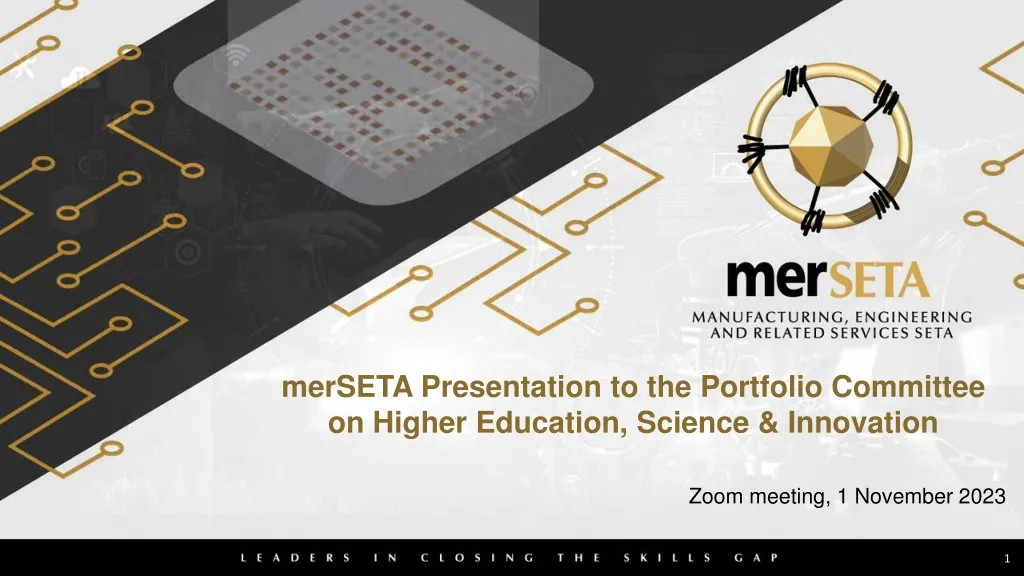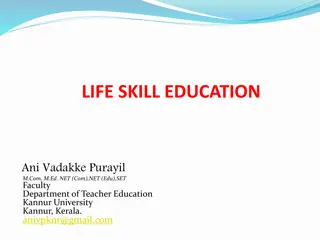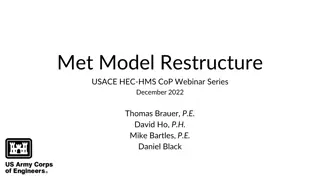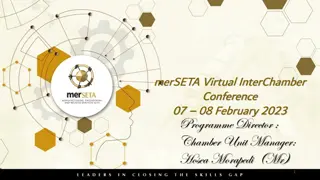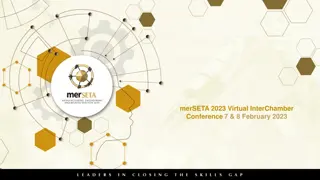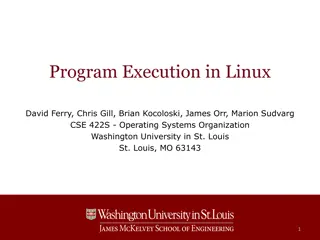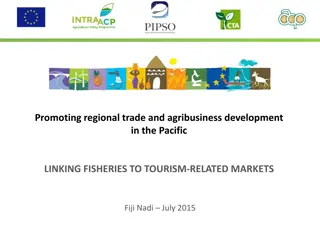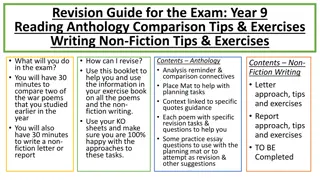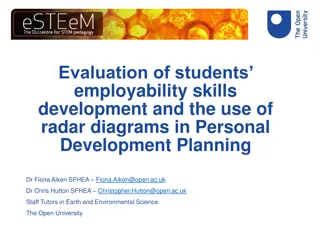Linking merSETA Outcomes to NSDP Outcomes for Skills Development
This content discusses the alignment of merSETA outcomes with the National Skills Development Plan (NSDP) outcomes, focusing on skills development in the engineering and manufacturing industries. Key areas include identifying high-demand occupations, supporting workforce agility, and fostering entrepreneurship. The presentation outlines actions for transforming the sector, addressing demographic shifts, and enhancing workforce skills for future opportunities within the sector.
Download Presentation

Please find below an Image/Link to download the presentation.
The content on the website is provided AS IS for your information and personal use only. It may not be sold, licensed, or shared on other websites without obtaining consent from the author.If you encounter any issues during the download, it is possible that the publisher has removed the file from their server.
You are allowed to download the files provided on this website for personal or commercial use, subject to the condition that they are used lawfully. All files are the property of their respective owners.
The content on the website is provided AS IS for your information and personal use only. It may not be sold, licensed, or shared on other websites without obtaining consent from the author.
E N D
Presentation Transcript
Roadshows Q1 2021 Wayne Adams merSETA CEO
Presentation Outline Linking the merSETA outcomes to NSDP outcomes Merseta skills priority actions 2020/21 2024/25 Impact of covid-19 in the mer-sector Discretionary Grant Applications theme Skills for Rapid Economic Recovery
Linking the merSETA outcomes to the NSDP Outcomes National Skills Development Plan Outcomes merSETA Outcomes Outcome 1: Identify and increase production of occupations in high demand. Outcome 4: Skills for transformed SA merSETA sector engineering and manufacturing industries, to support EE demographics transformation, changing business models of production and technology, and transformation for the diversification of ownership, control and management. Outcome 5: A skilled, agile and flexible current and future workforce for emerging and future occupations and employment opportunities, within the merSETA sector engineering and manufacturing industries, and related labour market. Outcome 2: Linking education and the workplace. Outcome 3: PSET education, training and skills development public institutions responsive to the changing occupations, and skills demand required for the merSETA sector engineering and manufacturing industries, and related labour market. Outcome 4: Skills for transformed SA merSETA sector engineering and manufacturing industries, to support EE demographics transformation, changing business models of production and technology, and transformation for the diversification of ownership, control and management. Outcome 3: Improving the level of skills in the South African workforce. Outcome 5: A skilled, agile and flexible current and future workforce for emerging and future occupations and employment opportunities, within the merSETA sector engineering and manufacturing industries, and related labour market. Outcome 4: Increase access to occupationally directed programmes. Outcome 4: Skills for transformed SA merSETA sector engineering and manufacturing industries, to support EE demographics transformation, changing business models of production and technology, and transformation for the diversification of ownership, control and management. Outcome 5: A skilled, agile and flexible current and future workforce for emerging and future occupations and employment opportunities, within the merSETA sector engineering and manufacturing industries, and related labour market.
Linking merSETA Outcome to NSDP outcomes cont Outcome 5: Support the growth of the public college system. Outcome 3: PSET education, training and skills development public institutions responsive to the changing occupations and skills demand required for the merSETA sector engineering and manufacturing industries, and related labour market. Outcome 6: Skills development support for entrepreneurship and cooperative development. Outcome 2: Skills for productive enterprises within the social economy, to support integration into the merSETA sector engineering and industry value chains. Outcome 7: Encourage and support worker-initiated training - driven by critical networks of employee representatives and unions officials. Outcome 4: Skills for transformed SA merSETA sector engineering and manufacturing industries to support EE demographics transformation, changing business models of production and technology, and transformation for the diversification of ownership, control and management. Outcome 5: A skilled, agile and flexible current and future workforce for emerging and future occupations and employment opportunities, within the merSETA sector engineering and manufacturing industries, and related labour market. Outcome 8: Support career development services. Outcome 5: A skilled, agile and flexible current and future workforce for emerging and future occupations and employment opportunities, within the merSETA sector engineering and manufacturing industries, and related labour market.
MERSETA SKILLS PRIORITY MERSETA SKILLS PRIORITY ACTIONS 2020/21 ACTIONS 2020/21 2024/25 2024/25 The following have been identified as the top priorities for the merSETA in the next five years. 1. Supporting economic transformation and the inclusive growth agenda through skills to support; reindustrialization, localisation, manufacturing diversification, black industrialists, women in manufacturing, youths, SMEs, cooperatives and entrepreneurship. 2. Jobs and occupations of the future, mapping opportunities for workers in the emerging and new economy 3. Advances in education, training and curriculum driven by technology, innovation, the future of work regulation, local and global trends requires that the SETA and its skills development partners looks into innovative ways of ensuring that they continue to deliver programmes that are relevant and responsive to the sector s needs. 4. Strengthening the role of the SETA as an intermediary body to facilitate the transformation and responsiveness of the skills development ecosystem
IMPACT OF COVID IMPACT OF COVID- -19 IN THE MER MER- -SECTOR SECTOR 19 IN THE Across the mer sector a picture of extreme economic hardship has emerged all the six subsectors have been negatively affected by the COVID-19 pandemic. Retrenchments Despite indications show that employers are doing much to try to protect jobs and employment, many companies in the mer sector have implemented retrenchments. Disruptions in the manufacturing value chains/ supply chains due to restrictions in movement of people and goods (locally and internationally). Decrease in consumer confidence and reducing consumption- Loss of customer base due to the extended lockdown and economic recession which has resulted in reduced consumer spending and demand of products produced by the mer sector . Inability to meet production targets and reduced productivity due to restrictions in import and export of goods and reduced demand during the national lockdown Disruption in Work Base Learning (WBL) WBL has been impacted by the national lockdown which has resulted in an economic recession with consequences such as reduced productivity, company closures and widespread retrenchments
Discretionary Grant Applications Overall Theme: Skills for Rapid Economic Recovery Funding for three broad categories of support within the mer sector 1 Programmes to support retrenched workers; 2 Programmes to provide skills to ensure business continuity/maintenance and enhanced business processes; and 3 Programmes to support new manufacturing opportunities.
The South African Economic Reconstruction and Recovery Plan 4 Priority Areas Aligned to the SAERRP Interventions should cut across the merSETA suite of training interventions with a particular focus on quick relief for beneficiaries and firms. The priority areas below are aligned to merSETA strategic objectives: 1 Energy security; 2 An industrial base that creates jobs 3 Supporting the mass public employment programme 6 Green economy
The South African Economic Reconstruction and Recovery Plan 1 Energy security; Economic Recovery Priority Area: Ensuring Energy Security: Self-generation of electricity/energy Skills interventions/ projects aimed at established and new manufacturing companies to maintain or build solar power equipment for self-generation of power. Intervention also relate to the green economy and the merSETA has been instrumental in developing the skills interventions for solar photovoltaic technicians. Wind turbine technicians will also be required on wind farms. Short skills programmes have been identified for gap training to support cross-skilling of existing artisans into this qualification such as millwrights and electricians (upskilling of artisans). In the longer term identify opportunities to support skills in line with energy reduction technologies across the manufacturing value chain. Further interventions may need to be developed to support these technologies.
The South African Economic Reconstruction and Recovery Plan 2 An industrial base that creates jobs Economic Recovery Priority Area A thriving industrial base that creates jobs: Support for localisation and local manufacturing Installations of new capital equipment will require skills to maintain and operate the equipment possibility to partner with funders of capital equipment fosters cross cutting collaboration and support. Key sector partnerships to support skills required for localization especially in components manufacturing (automotive, plastics and metal sectors). Supporting skills for business continuity and growth. Identification of skills needs in communities for self-employment (youth, unemployed, social economy, small and micro business operating in the mer sector). Supporting the skills needs of retrenched workers for re-employment or self-employment with consideration of a pathway approach which can be monitored to assess impact with respect to employment. Opportunity exists to upscale support to the social economy due shrinkage in the formal sector due to the economic downturn.
The South African Economic Reconstruction and Recovery Plan 3 Supporting the mass public employment programme Economic Recovery Priority Area Mass Public Employment Programme: Maintaining community infrastructure and the Circular Economy Key to identify firms funding community infrastructure. Possibility to partner with firms who fund community infrastructure to provide artisanal skills for maintaining infrastructure. Upskilling or reskilling retrenched artisans for maintenance. Key to target opportunities for women, the youth and those previously employed in the mer sector. Partnerships with TVET colleges and communities to avail their workshops for local small business operations. Link to green economy, require skills for viable upcycling, recycling and responsible disposal of waste within the mer sectors.
The South African Economic Reconstruction and Recovery Plan 6 Green economy Economic Recovery Priority Area Green Economy: Waste Recycling, Beneficiation and transition to the circular economy Key opportunities for new enterprises in waste recycling, upcycling and diversion from landfill. Key opportunities to partner with firms for skills development in the metal, rubber and plastics sectors. Assessment and development of skill programmes required for such firms.
The South African Economic Reconstruction and Recovery Plan Cross Cutting Themes & Interventions to facilitate successful implementation These are key themes which should be considered across all interventions 1. Technological Enablers In the time of COVID-19, funded learners require additional support in the form of digital skills, digital equipment and access to data/internet connectivity in order or them to successfully complete their programmes. These support mechanisms will be paramount for learners on merSETA programmes and it provides opportunities to support skills in a technologically driven economy. This should be highlighted in submissions. Delivery of training is also changing in these times with online learning and blended learning becoming the norm. In addition training programmes will need to incorporate methods such as virtual training environments, gamification and augmented reality due to limited work places being available. 2. Diversity and Social Inclusion The merSETA, in line with the NSDP and NDP supports interventions to promote gender equality, people with disabilities and diversity in line with the composition of the South African population. This will promote representation in the workplace which includes race and age dynamics with a focus on the youth. The blight of Gender Based Violence (GBV) is also highlighted in the merSETA strategy as well as support for the social economy and therefore funding will also be geared towards interventions in support of reducing GBV and assisting those operating in the social economy within the mer sector. Partnerships with civil society, small business support and local agencies becomes key to unlocking potential within both urban and rural communities.
The South African Economic Reconstruction and Recovery Plan Cross Cutting Themes & Interventions to facilitate successful implementation These are key themes which should be considered across all interventions 4. Supporting retrenched and unemployed workers in the sector The pool of unemployed and retrenched workers has grown rapidly in the past year due to downscaling and company closures in the midst of the COVID-19 pandemic, further exacerbating the problem of unemployment. The merSETA will continue to provide support for unemployed learners in line with the signed SLA with DHET as well as ramp up efforts to up-skill retrenched workers and unemployed youth. A pipeline approach is required to facilitate adequate provision of skills and resultant employment or self-employment. It is therefore imperative to provide interventions which encompass career path advice, skills needs analysis, training interventions and mentorship within a monitoring and evaluation framework designed to measure employment outputs. A key mechanism of support in this regard will be to support co-operatives through funding to train on sector and national identified priority occupations or skills. In a bid to build capacity within cooperatives, the merSETA has also committed to fund cooperatives for enterprise growth or enterprise development skills such as finance, management, ICT and project management etc. A similar approach can also be undertaken to support small and micro enterprises within the manufacturing sector.
Thank You! Thank You!


![Read⚡ebook✔[PDF] Linking the Space Shuttle and Space Stations: Early Docking Te](/thumb/21519/read-ebook-pdf-linking-the-space-shuttle-and-space-stations-early-docking-te.jpg)
